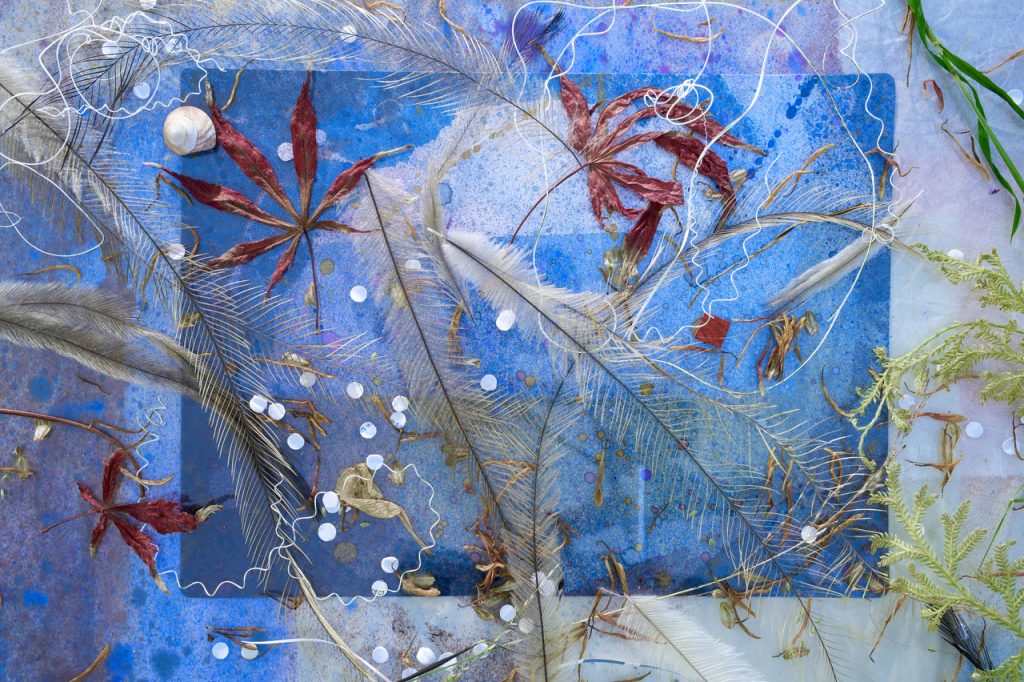IT IS EASY for photographers to become preoccupied with composition. Lack of confidence may show up as
a need to follow rules of composition that have been presented as fail-safe recipes for successful images. They are recipes, but there’s
a ‘no-money-back’ guarantee. In fact, it’s all much easier than that. You will go a long way simply by following your natural instinct
for balance, harmony and drama. And by doing lots of looking, lots of assessing but — above all — making
lots and lots of photographs.
Photo composition is the taxonomy of space: you get there with deep reading that leads to deep looking. Deep looking leads to deep seeing. Deep seeing leads to rich imagery.
Key tips
The easiest way to approach picture composition is very simple, and it’s this: frame as you feel, and feel as you frame.
When you compose a picture you are – more or less consciously – working with three elements. The first is your position or vantage point — determined entirely by where you stand and how low or tall you hold yourself. The second is the aim: the precise direction in which you point the lens. Finally, you control framing. This is done mostly by the choice of focal length or zoom setting but you may make minute adjustments by leaning forwards or backwards.
Don’t miss the moment by thinking too much: click when the picture ‘clicks’ within you.
Do not follow any rules slavishly or you’ll dull your awareness of the situation. You could end up producing formulaic images that that show no personal input from you.
Let the picture situation guide you: listen to your inner voice and trip the shutter when you feel it’s right.
Get in close: it is easy to be too far away, but much more difficult to be too close to the action or to people. If you feel comfortable, you’re probably too far away.
If you want your images to look like everyone else’s, follow the same rules as they do.
Use the power of patterns or repeated elements: these are easy to photograph to good effect.
If your main subject can be small in the composition, ensure it is easy to find e.g. that it’s brightly coloured against plain backgrounds or if leading lines in the picture point towards it.
Look for symmetry i.e. where the left and right, or top and bottom halves of the image mirror each other. Symmetrical compositions — such as reflections — offer built-in balance, harmony. And they gain dynamism through the two parts not being quite identical.



